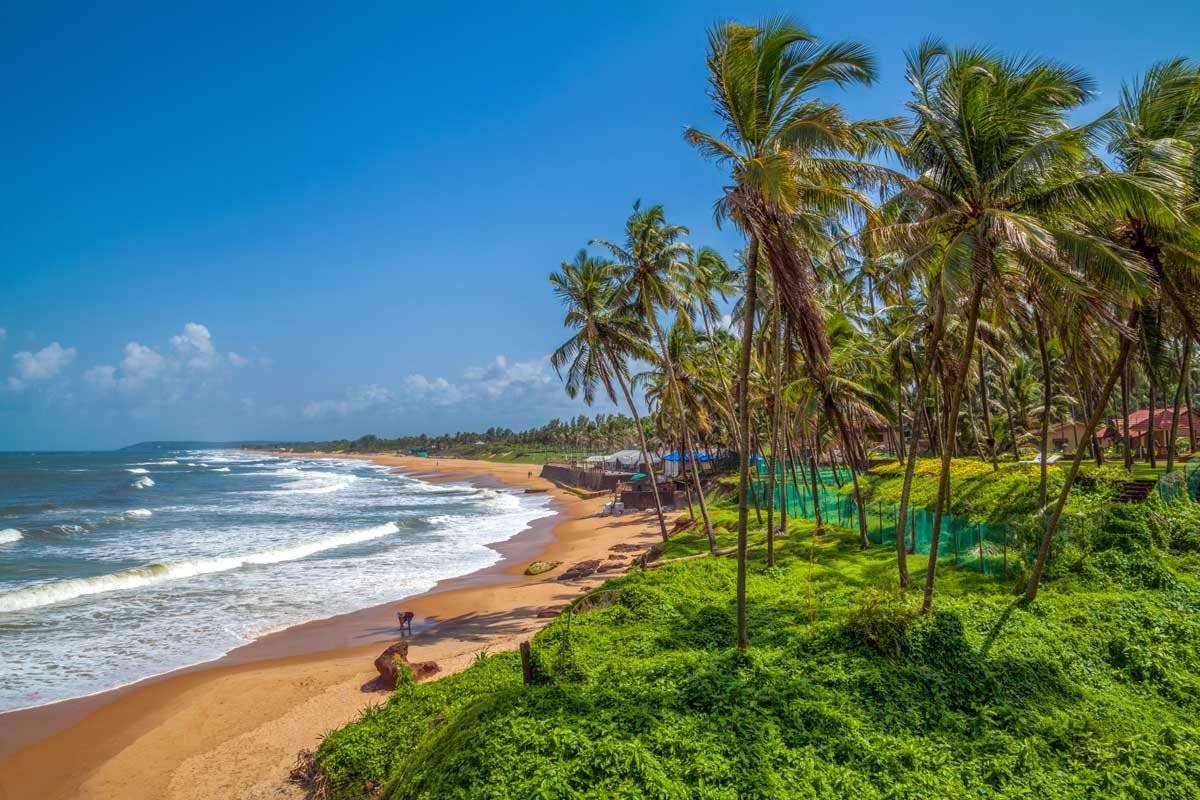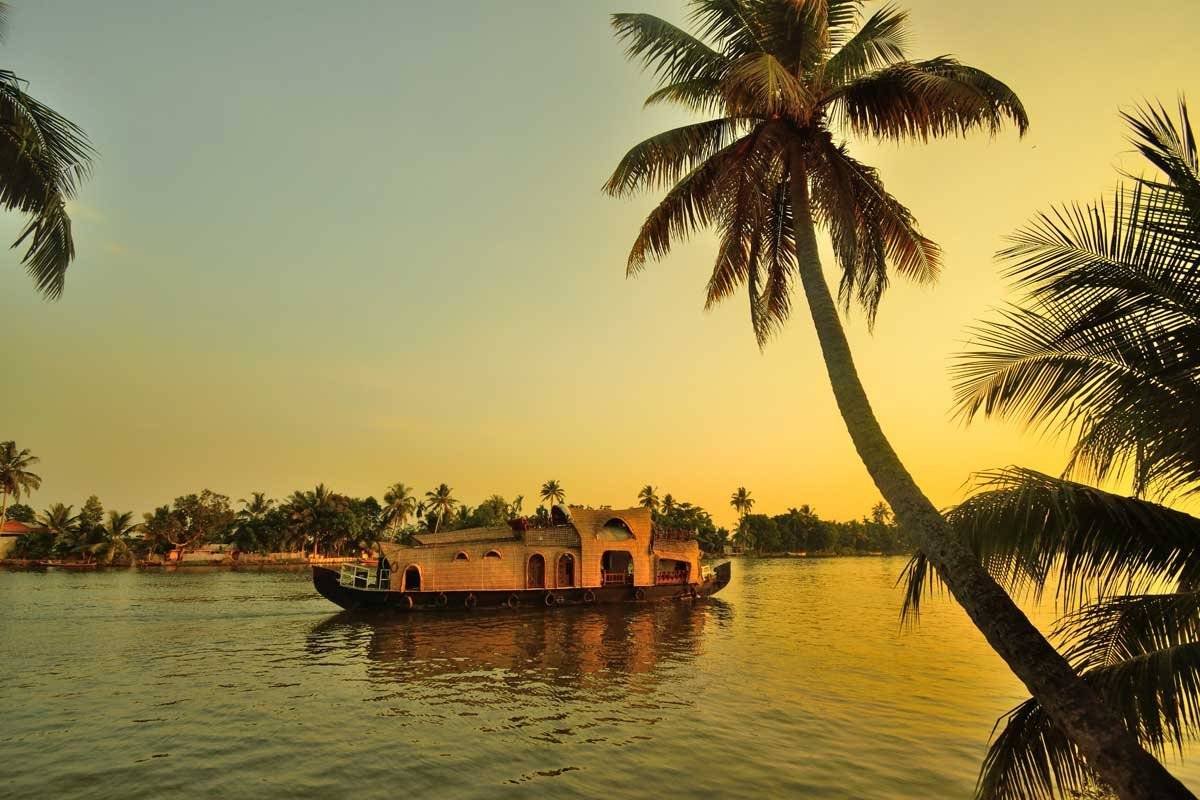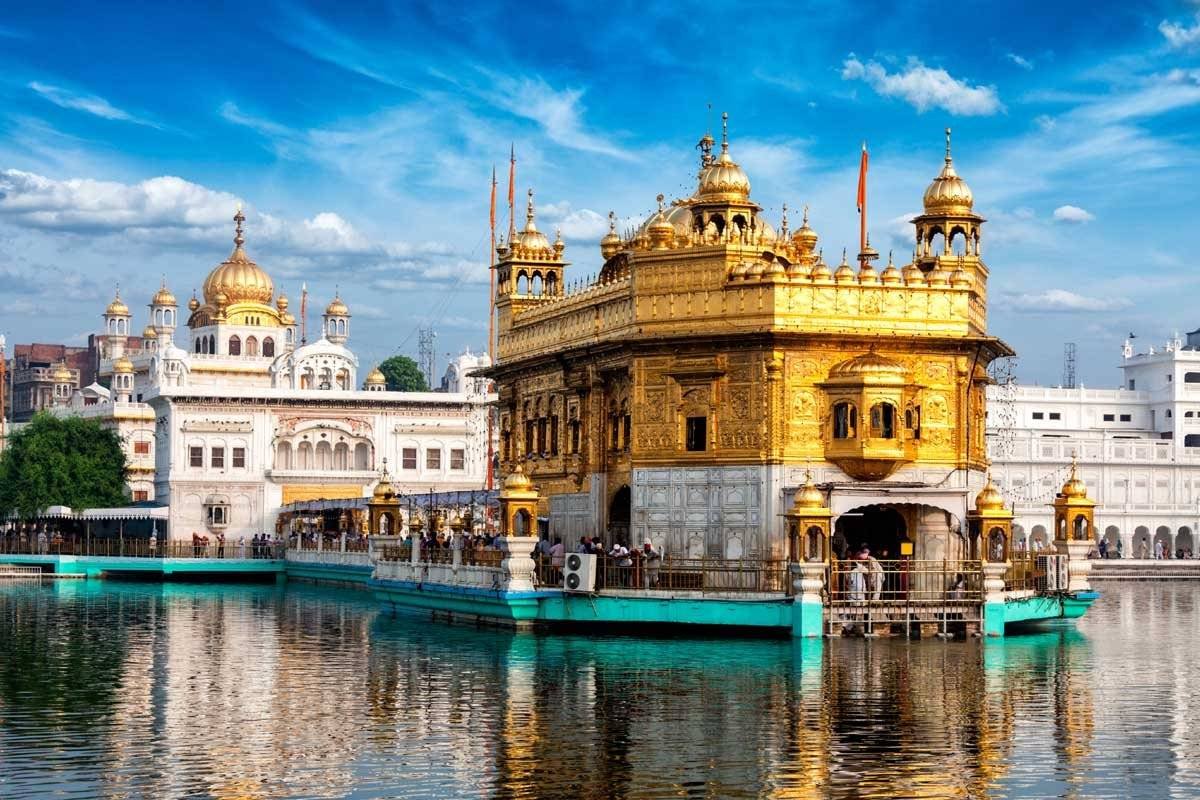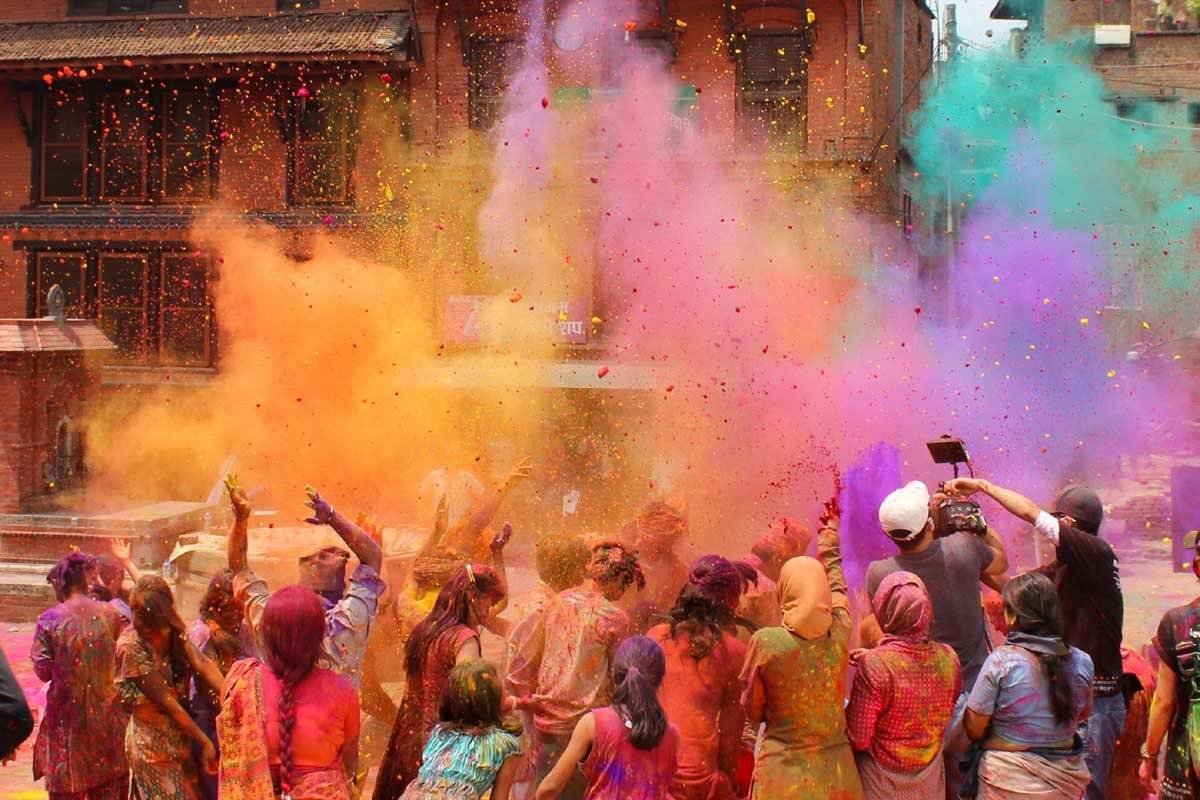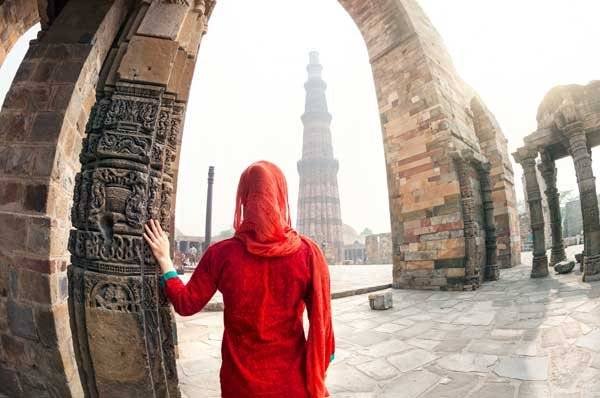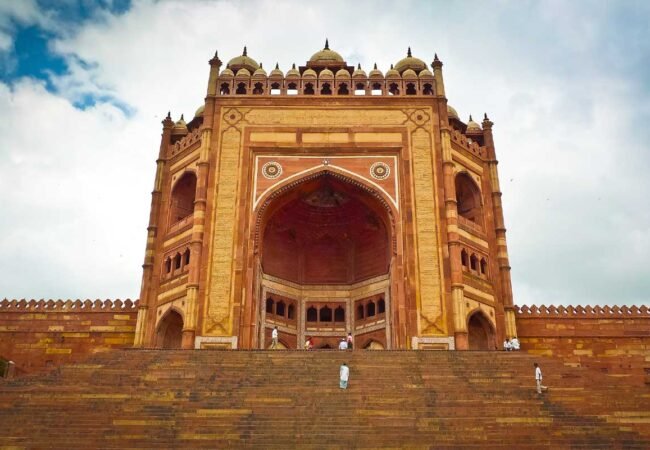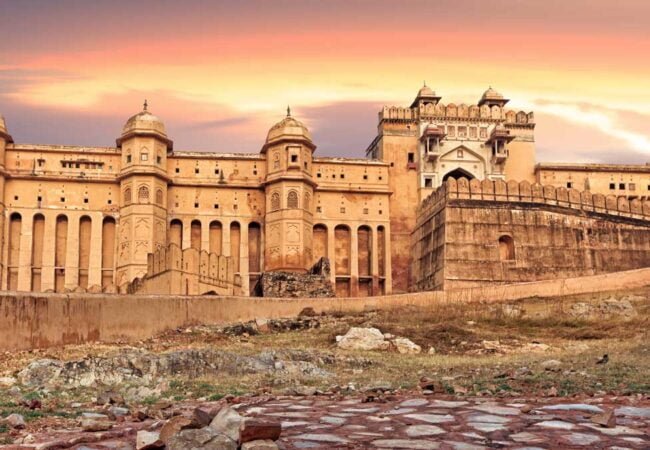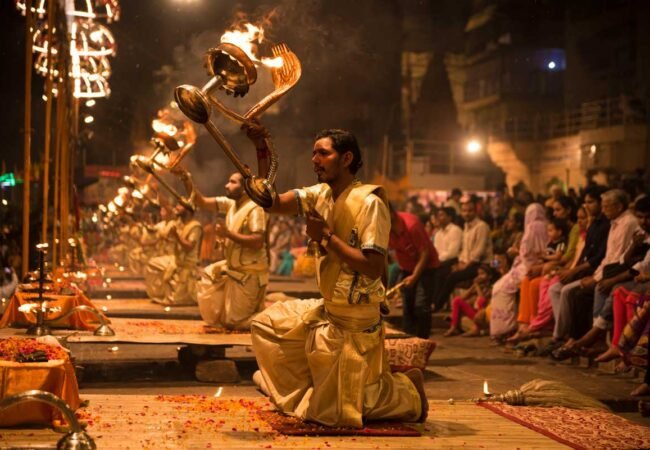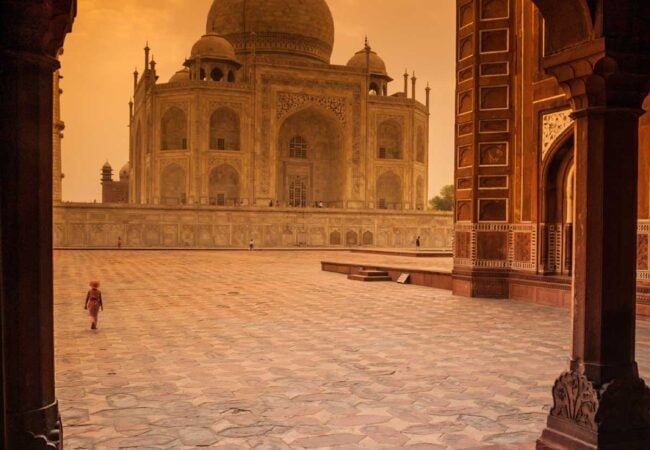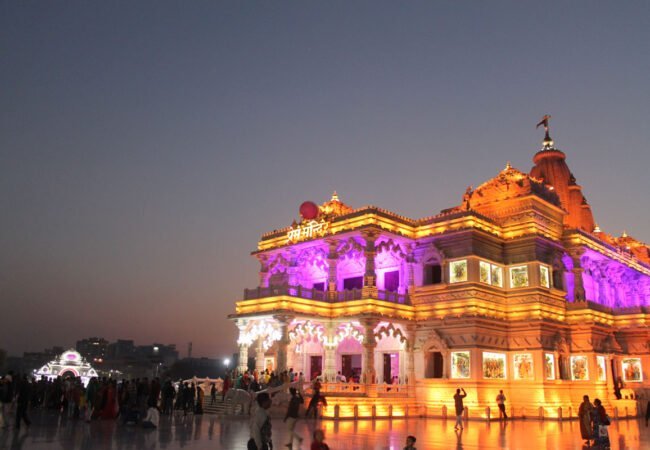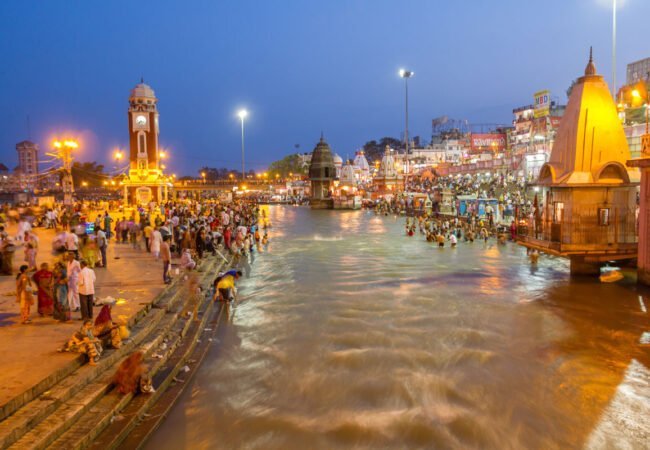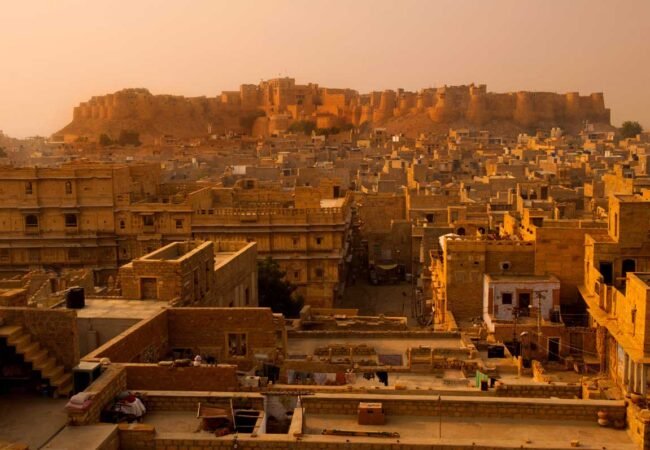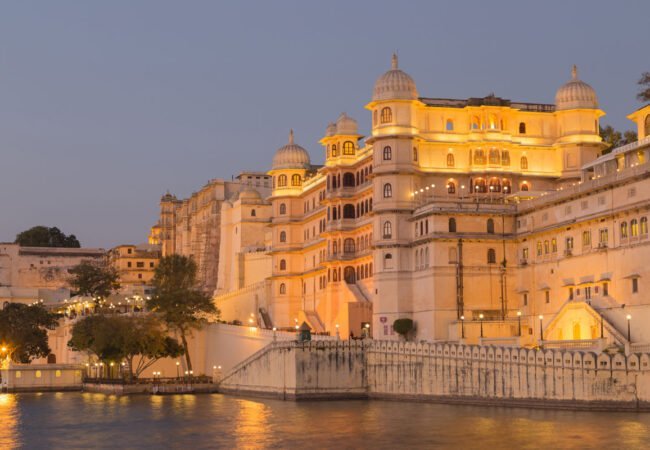Exploring Kerala: History, Geography, and Top Tourist Places
Introduction
Kerala, often referred to as “God’s Own Country,” is a state located in the southwestern part of India. Known for its serene backwaters, lush landscapes, and rich cultural heritage, Kerala is a top destination for travelers seeking natural beauty and tranquility. This article explores the historical significance, geographical features, and top tourist attractions of Kerala.
Short History of Kerala
Ancient and Medieval Period
Kerala’s history is marked by its strategic location along the Malabar Coast, which made it a hub for trade and cultural exchange since ancient times.
- Early Trade Relations: Kerala has been known for its spice trade for over 3,000 years, attracting traders from Phoenicia, Arabia, Greece, Rome, and later, China. The region’s ancient ports, such as Muziris, played a crucial role in these exchanges.
- Chera Dynasty: The Chera dynasty, one of the earliest ruling dynasties, dominated the region from the 3rd century BCE to the 12th century CE. They were known for their maritime trade and cultural contributions.
Colonial Period
Kerala witnessed the arrival of various European powers starting in the late 15th century.
- Portuguese Arrival: Vasco da Gama’s arrival in Calicut (Kozhikode) in 1498 marked the beginning of European colonial interests in Kerala. The Portuguese established trading posts and forts along the coast.
- Dutch and British Influence: Following the Portuguese, the Dutch and British East India Companies established their dominance in the region. The British eventually took control, integrating Kerala into the Madras Presidency.
Post-Independence
After India gained independence in 1947, Kerala was formed in 1956 by merging the Malabar district of Madras Presidency, Travancore, and Cochin. Since then, it has emerged as a leading state in terms of social development and literacy.
Geography of Kerala
Location and Boundaries
Kerala is located in the southwestern part of India, flanked by the Arabian Sea to the west and the Western Ghats to the east. It shares borders with Karnataka to the north and Tamil Nadu to the east.
Topography
Kerala’s diverse topography includes coastal plains, rolling hills, and high mountains.
- Coastal Plains: The western part of Kerala is characterized by a narrow coastal plain interspersed with numerous backwaters and lakes. The Malabar Coast is known for its scenic beauty and rich biodiversity.
- Western Ghats: These mountains run along the eastern border of Kerala, with several peaks exceeding 2,000 meters. The Western Ghats are a UNESCO World Heritage Site, known for their endemic flora and fauna.
- Backwaters: Kerala’s backwaters, a network of interconnected canals, rivers, lakes, and inlets, are unique to the state and play a vital role in its ecology and economy.
Climate
Kerala enjoys a tropical climate with high humidity and significant rainfall due to the monsoon seasons.
- Southwest Monsoon: Occurs from June to September, bringing heavy rainfall that replenishes the region’s water bodies and supports its lush vegetation.
- Northeast Monsoon: Takes place from October to November, contributing to the state’s overall annual rainfall.
Top Tourist Places in Kerala
Alleppey (Alappuzha)
- Backwaters: Alleppey is famous for its tranquil backwaters and houseboat cruises. The backwaters offer a unique way to explore the region’s natural beauty and traditional lifestyle.
- Alleppey Beach: A picturesque beach known for its serene ambiance and a historic pier extending into the sea.

Munnar
- Tea Plantations: Munnar is renowned for its sprawling tea plantations, rolling hills, and cool climate. Visitors can explore tea estates, enjoy scenic viewpoints, and visit the Tea Museum.
- Eravikulam National Park: Home to the endangered Nilgiri Tahr, this park offers stunning views of the Western Ghats and opportunities for wildlife spotting.
Kochi (Cochin)
- Fort Kochi: Known for its colonial architecture, including the St. Francis Church and the iconic Chinese fishing nets. The area also features vibrant art galleries and cafes.
- Jewish Synagogue and Jew Town: The Paradesi Synagogue, built in 1568, is the oldest active synagogue in the Commonwealth of Nations. Jew Town is known for its antique shops and spice markets.
Thekkady
- Periyar Wildlife Sanctuary: One of the most popular wildlife reserves in India, offering boat rides on Periyar Lake and opportunities to see elephants, tigers, and various bird species.
- Spice Plantations: Thekkady is surrounded by spice plantations where visitors can learn about the cultivation of spices such as cardamom, pepper, and cloves.
Wayanad
- Edakkal Caves: Famous for their prehistoric rock carvings and stunning views of the surrounding landscape.
- Wayanad Wildlife Sanctuary: Known for its rich biodiversity, the sanctuary offers safaris to see elephants, deer, and other wildlife.
Kovalam
- Kovalam Beach: A renowned beach destination with three adjacent crescent-shaped beaches. It is famous for its shallow waters and low tidal waves.
- Lighthouse Beach: The most popular of Kovalam’s beaches, named after the old lighthouse that stands on a rocky promontory.
Thiruvananthapuram (Trivandrum)
- Padmanabhaswamy Temple: One of the richest temples in the world, dedicated to Lord Vishnu, known for its intricate architecture and immense wealth.
- Napier Museum: A museum showcasing Kerala’s rich history, art, and culture, housed in an Indo-Saracenic building.
Conclusion
Kerala is a state that offers a harmonious blend of natural beauty, historical significance, and cultural richness. From the serene backwaters of Alleppey to the misty hills of Munnar, the vibrant city of Kochi to the wildlife sanctuaries of Thekkady, Kerala has something to offer every traveler. Its unique geography and storied past make it a must-visit destination for anyone seeking a comprehensive and immersive experience.


